Donald Trump says his meeting with Xi Jinping on the sidelines of the APEC summit in South Korea today was “amazing” and that, on a scale of one to 10, it merited a 12. Which means that on a scale for skepticism, it probably deserves a 13.
Its biggest achievement appears to have been to at least put the trade war between the world’s two biggest economies on hold, though stock markets, excitable all week as the summit approached, opened flat this morning. Fundamental issues remain unchanged, the momentum towards economic separation will continue, possibly accelerating during the breathing space provided by an extended truce that is unlikely to last.
The two leaders’ first face-to-face meeting in six years was relatively short, just 90 minutes, endorsing a “framework” agreement hammered out last weekend by officials in Kuala Lumpur, the Malaysian capital. Speaking aboard Air Force One on his way back to Washington, Trump said he had agreed to halve the fentanyl-related tariff on China to 10 percent and Xi pledged to “work very hard” to stop the export of chemical ingredients for the deadly opioid. He also said they had settled a dispute over Chinese restrictions on rare earth exports and that China would start buying a “massive amount” of American soybeans.
Mutual trade restrictions on maritime, logistics and shipbuilding industries will also be eased, at least temporarily, as will some aspects of America’s “entity list” of Chinese companies sanctioned as a threat to national security. “It was an amazing meeting,” Trump said, earlier describing Xi as a “great leader of a great country.” He said he would visit China in April and that Xi would make a reciprocal visit to the US – though this was not initially confirmed by Beijing.
Yet on closer inspection it is all rather underwhelming. No formal agreement was signed – that will have to wait for further talks between officials. China’s restrictions on rare earths, a group of elements essential to high-tech industries from fighter jets to computer monitors, and where China has a near monopoly on refining, have been postponed for a year and not scrapped. Beijing’s licensing scheme, which was to have come into effect on December 1, goes far further than any coercive trade measures Beijing has ever imposed before and will remain hanging like a loaded gun over ongoing talks. It would effectively give the Chinese communist party a veto on the way these crucial elements are used worldwide.
China appears no closer to getting its hands on top-end chips from America (or those made with American equipment) for its artificial intelligence industries, Trump saying that while they did discuss semiconductor exports, they did not talk about the most advanced versions. Again, it was pushed onto officials. Neither did they discuss Taiwan, according to Trump, which will come as a relief to those on the island who feared the US President might be tempted by some kind of grand bargain struck at its expense.
China’s take on the meeting was more bland. No deals were confirmed, with the People’s Daily, a CCP newspaper, merely stating that Xi and Trump had “agreed to strengthen co-operation in areas such as trade and the economy, energy and the promotion of cultural exchanges,” noting that “both teams should refine and finalize the follow-up work as soon as possible, uphold and implement the consensus, and deliver tangible results.” The newspaper quoted Xi as saying they should avoid what he called a “vicious cycle of mutual retaliation.”
The most difficult problem is one of trust. Chinese officials see Trump as volatile and unpredictable; meanwhile, there is deep skepticism in Washington that China will stick to any agreement. They point to the so-called Phase One trade deal struck during Trump’s first term, under which China promised but failed to buy $200 billion of extra US exports. A 2015 cyber espionage truce was also ignored, with Beijing continuing to penetrate and steal from western systems on an industrial scale.
Both sides are unlikely to be deterred from aggressive decoupling of their economies. The US remains determined to deprive China of the most cutting-edge technologies that would give its military and security apparatus any advantage and to cut Beijing out of sensitive western supply chains more generally. Meanwhile, China has reiterated its determination to double down on technology self-reliance and secure a global lead in advanced manufacturing and technology – to which end it recently pledged to take “extraordinary measures” to achieve “decisive breakthroughs.” Perhaps the greatest value of this summit is to at least keep this decoupling process on rails and prevent it veering wildly out of control.



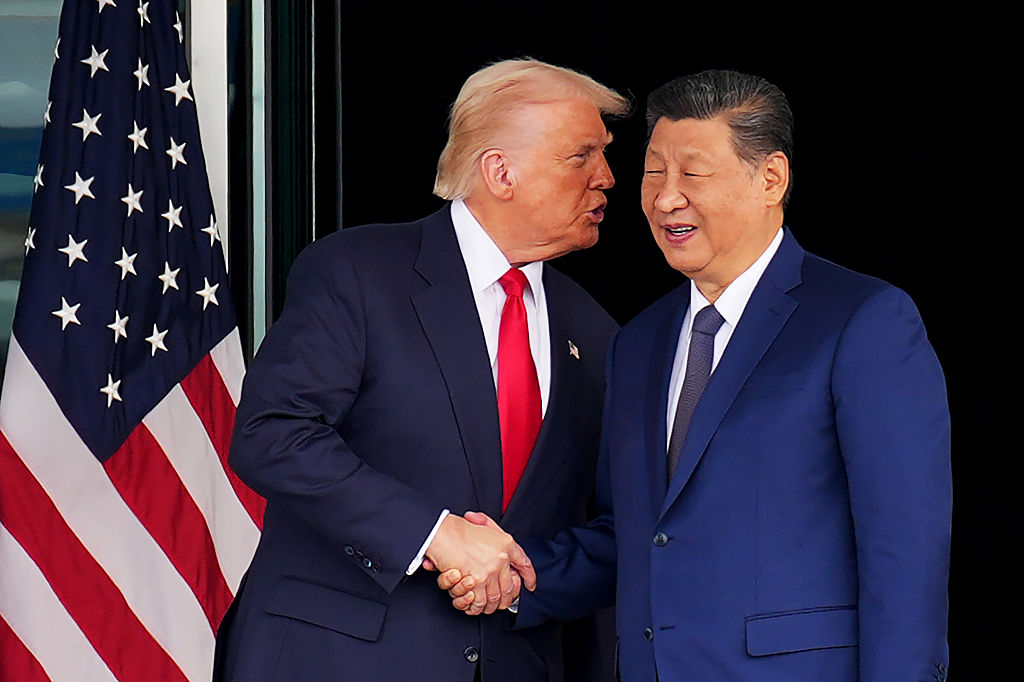






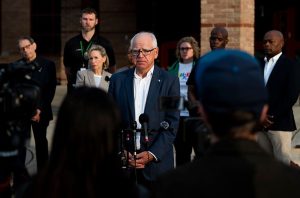


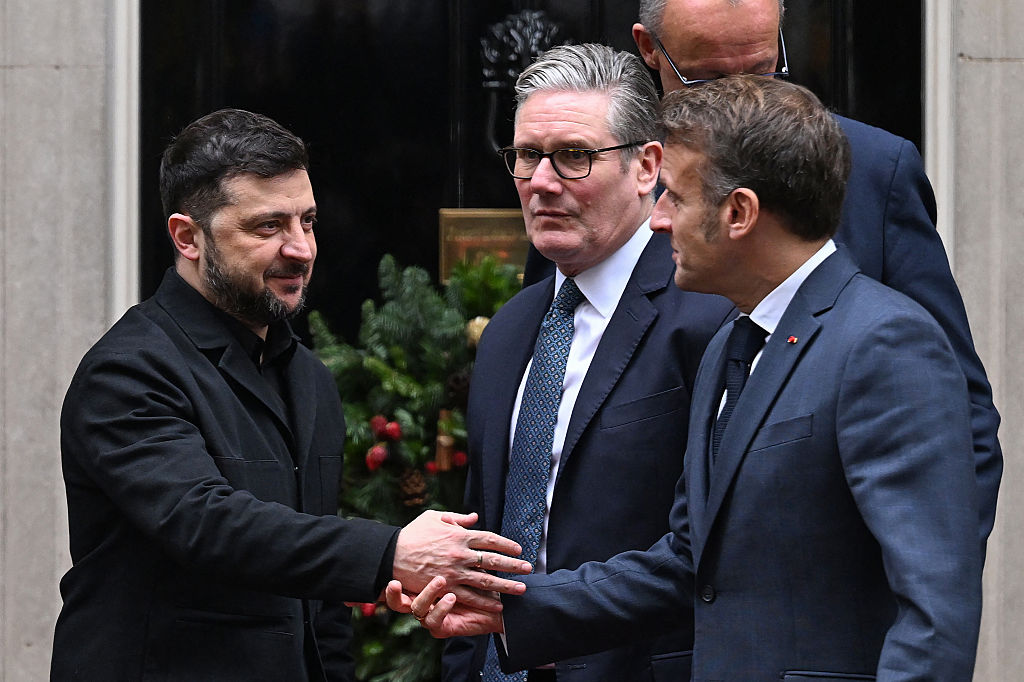
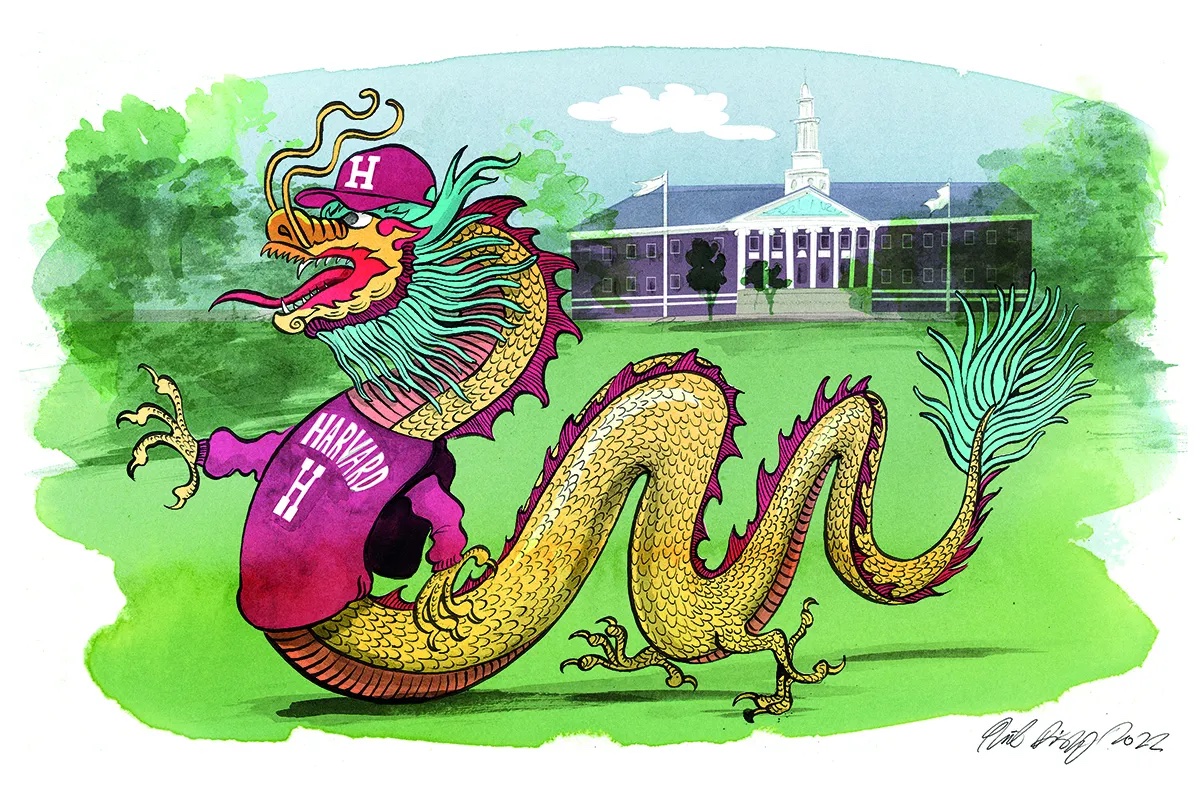

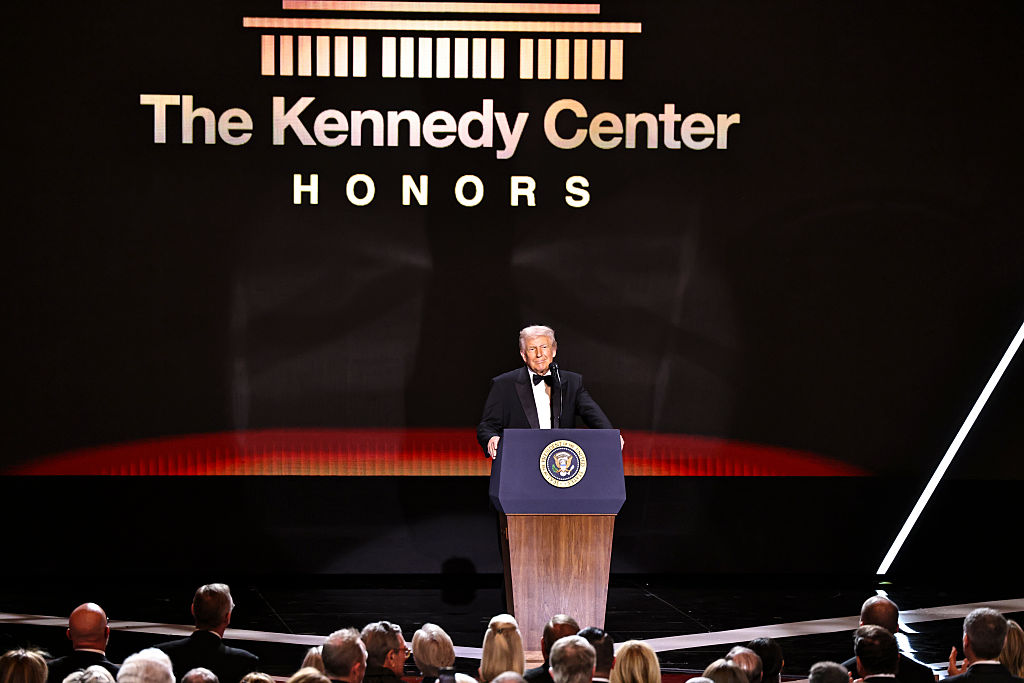

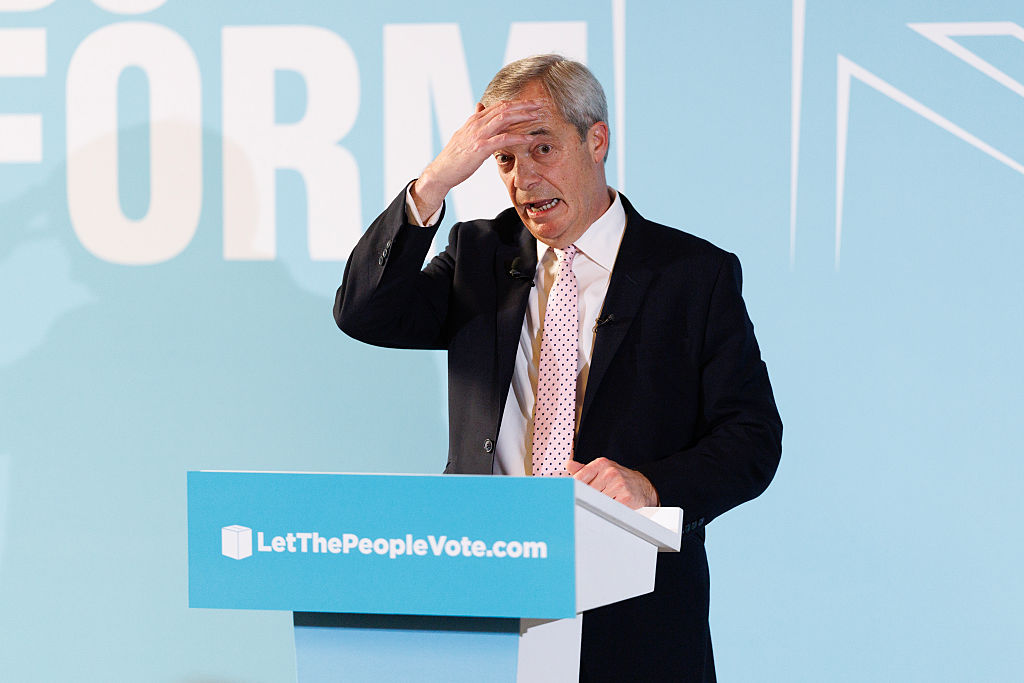

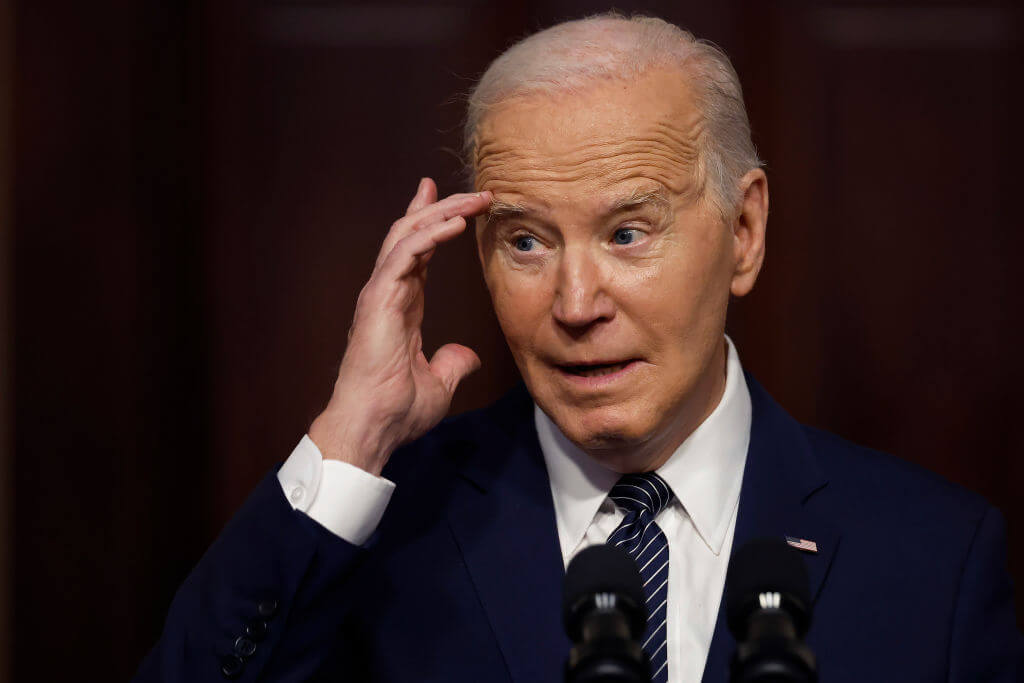



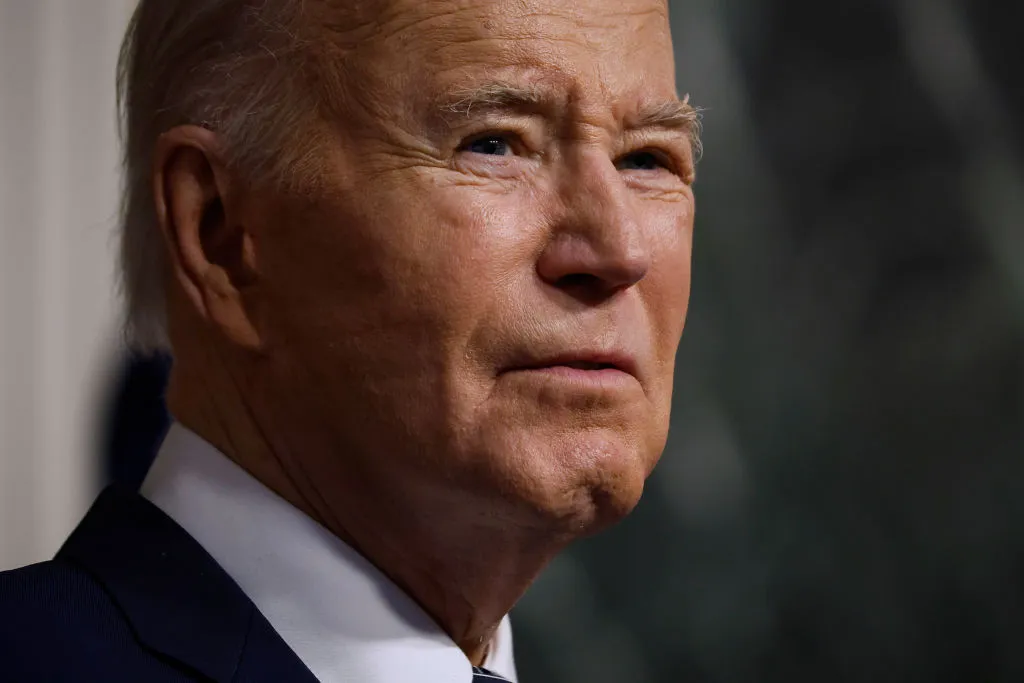

Leave a Reply